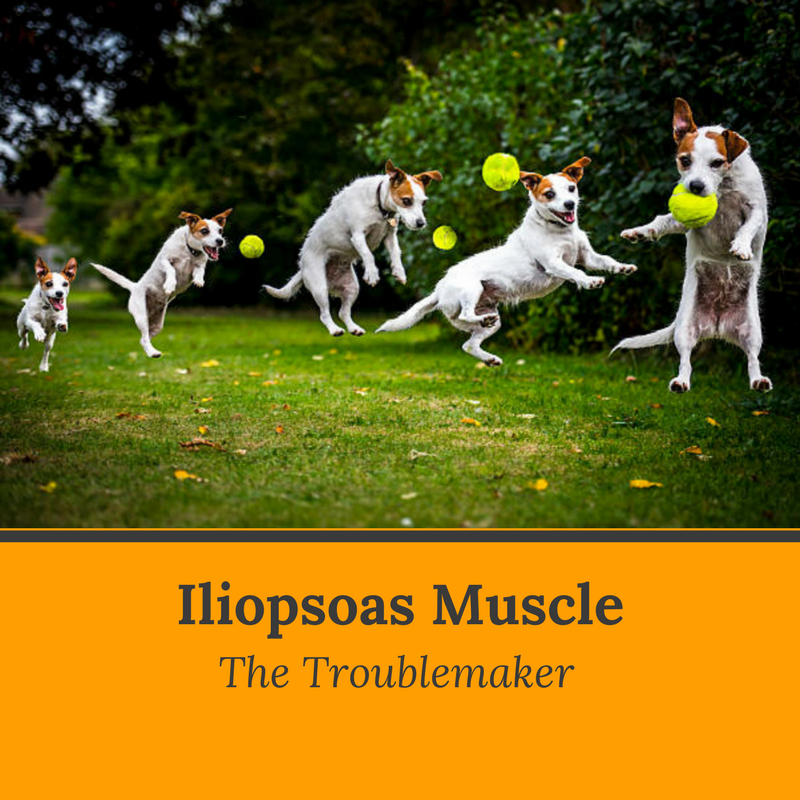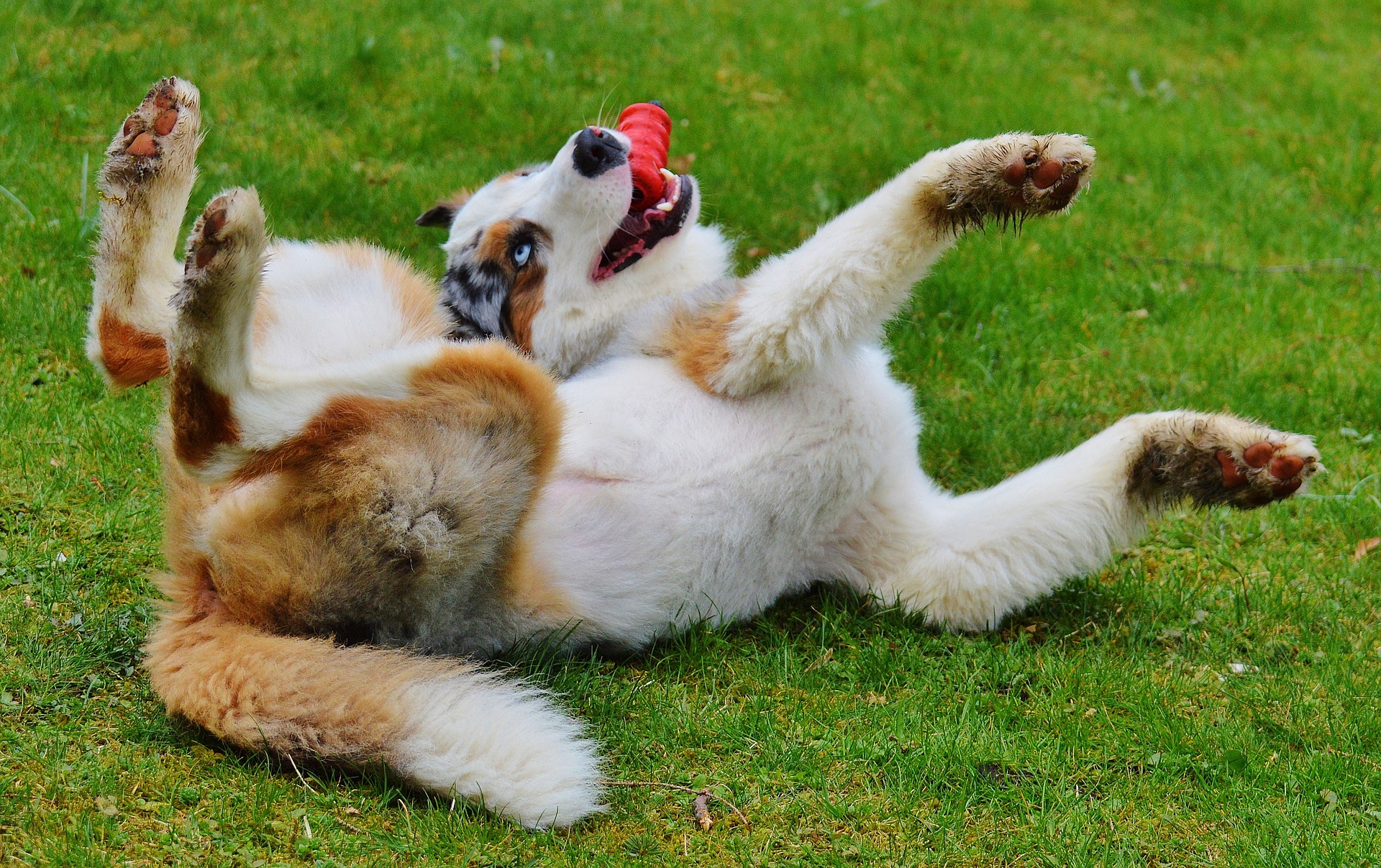I see many dogs with groin or iliopsoas muscle issues in my practice. It is a common source of injury, chronic pain and lameness in a dog’s hind limb.
Where is the iliopsoas muscle?
The iliopsoas muscle consist of the fusion of two muscles - the Iliacus and the psoas major. Hence
ilio+ psoas = iliopsoas.
It is often shortened to “psoas” (pronounced “so-az”). The iliopsoas is located along the dog’s lower spine and groin area. This musclealso connects to the inside of the dog’s thigh bone.
Picture credit: www.massagetherapy.com
What does it do?
The psoas is the master muscle of the lower body. It is a core muscle that is involved in all lower body movement- jumping, changing directions, laying down, standing up, and forward motion.
1. Flexing the hip
The main function of the psoas is to flex and externally rotate the hip - think a male dog urinating on a tree. Because it is a major hip flexor, if it is in spasm, it will cause many of the muscles in the lumbar region to compensate and become painful. It helps prepare the body to explode forward or change direction. In athletes such as agility dogs and herding dogs in which the body is put into contortions at a high rate of speed the iliopsoas works hard and at odd angles. Because of its major function it is a common muscle to become either overused or injured during extension and external rotation of the leg or flexion of the trunk.
2. Flexing the spine
The iliopsoas also plays a part in flexing the lumbar spine, arching the back – think a dog defecating.
3. Stabilising the hip joint
Stabilises vertebral column so helps balance the lower back.
A dog would use these muscles to flex the hip and lower portion of the spine. Anytime the lower back and hip have to flex the psoas is involved. If the psoas is healthy the lumbar spine rests in a perfect, symmetrical position, the hips fold and extend without limitation, and the body feels free, unrestricted, balanced.
When can injury occur?
Iliopsoas injuries happen because of excessive force. This usually occurs in one of three ways:
1. Participating in highly energetic and repetitive activities
Iliopsoas strain results from excessive stretching of this muscle during highly athletic activities such as agility or fetching a tennis ball. During these activities the dog’s body contorts at high speeds and the psoas works extra hard. Dogs can injure when they do sharp turns or slip and fall trying to catch the ball.
2. Slipping and sliding with splayed legs
The psoas is prone to excessive stretching and tearing. When a dog slips or falls with his legs splayed out, the psoas can overstretch and injure.
3. Orthopaedic issues
An underlying orthopedic condition like hip dysplasia, back injuries and torn cruciate ligament can cause a dog to protect the injury by tightening the groin muscle.
Which dogs are prone to iliopsoas injury?
Dogs involved in highly energetic activities
Any dog that is involved in explosive and energetic actions - accelerating quickly, jumping, making tight turns, hard running. Examples include running the fence continuously and chasing after a ball.
Dogs with orthopaedic issues
Dogs suffering from hip dysplasia and cruciate injuries cause the dog to protect the joint by muscle guarding, leading to muscle strains. The muscle tries to protect a painful joint by limiting its range of motion resulting in pain and muscle shortening.
Weekend warriors
Dogs that are sporadically active, overtraining, poor conditioning and wake core muscles
Poor conformation (such as abnormal spinal alignment)
Dogs with weak hind quarters, lower back pain.
Repetitive activity
Examples include repeated jumping with hyper extension of hind limbs. When a dog does a repetitive activity without variation it also does not allow other core muscle to build up. Poor conditioning and weak core muscle can increase risk of stretch injury
Inadequate warm-up
Signs of pain - does your dog have an iliopsoas injury?
Difficulty rising
Reluctance to climb up stairs or jump into vehicle or car or bed
Outward rotation of the leg when walking
Possible circular outward movement to avoid strain - most obvious when trotting. Lack of drive when trotting.
“Tucked” position when standing and walking.
Skipping gait
Decreased performance in competition dogs
Refusing to jump, knocking bars when jumping, slower runs, reluctant to weave. Frequently, dogs will be reluctant to jump due to pain on extension of the hip and lumbar spine on the affected side, or reluctant to weave because lateral flexion of the lumbar spine is painful.
Intermittent hind limb lameness exacerbated by activity.
Dog may not weight bear on affected hip.
Pain when muscle is pressed or stretched
Roached back. Often the cause for the lumbar spine to be in a roached position.
Can even as subtle as a male dog no longer lifting his leg to urinate.
Treatment Options
Diagnostics imaging such as MRI (considered the gold standard for evaluating soft tissue injuries but very expensive) are often useful to rule out other causes of rear limb lameness. If no orthopaedic or neurological problems are present, conservative treatment including rest, physical therapy and conditioning is successful in most cases
Psoas injuries can also be diagnosed by palpation and manipulation by a skilled bodywork practitioner. Seeing a body work practitioner is also beneficial in preventing and early diagnosis of a problem. Regular visits will also keep the muscles loose and limber.
I have found that a combination of modalities focusing on relaxing tight and spasming muscles effective in managing soft tissue injuries. At my practice, we use heat therapy combined with neuromyofascial release, trigger point therapy and laser to help bring circulation to the area, release tension, and provide pain control. This is followed by a home exercise program. However soft tissue injuries take a long time and a lot of effort to heal. Expect a treatment program of 4-6 weeks.
If you don’t have any conditioning equipment, walking up and down steep hills 3 - 5times a week can help strengthen psoas.
Swimming, while a great conditioning tool, can actually aggravate iliopsoas pain especially for dogs who are not good swimmers. Leashed walking on land or an underwater treadmill at a slow to moderate pace would be a better exercise choice.
How to avoid injury
Prevention is the key. When the pain is controlled and the lameness has resolved, it is time to evaluate for environmental triggers and sources of future strains that may start the cycle of strain all over again.
Controlled activity
Many of the canine athletes and dogs that play fast and hard will need to have their activities controlled. This means no ball playing, jumping from an elevated surface and rough-housing.
Slipping and sliding
Whenever possible, try to provide good traction for dogs to run on, and avoid slippery surfaces both inside and out. Providerugs or booties for traction. If you have timber floors or tiles, keep a towel near the entrance to dry your dog’s paws when he comes in from outside. Wet feet are prone to slipping on hardwood or tile floors. Garage floors can be slippery - place a non-slip mat on the ground for when the dog is jumping into or out of the vehicle
Massage and stretch
Following training, massage and stretch those upper muscles of the leg and hip regularly. Stretch the hind leg back with an internal rotation and holding for15 seconds and repeating 3 times with each leg and only after the muscle is warmed up, such as AFTER training or a walk.
Appropriate warm-up before training or competition
For athletic dogs, the warm up is THE most important aspect in preventing this injury. This can be in the form of jogging, trotting over cavaletti poles and alternating tight circles and figure eights. Avoid manual stretching before exercise, only stretch AFTER training.
Special cases - Dogs with orthopaedic issues
In cases of dogs with arthritic disease or orthopedic issues, the trigger for an iliopsoas flair up is not going to go away. But there is noneed for your dog to live with chronic muscle pain. There are a variety of treatment options such as laser and strengthening exercises that can bring relief and healing. These dogs will need long term therapy such as every 4-6 weeks for a tune-up.










